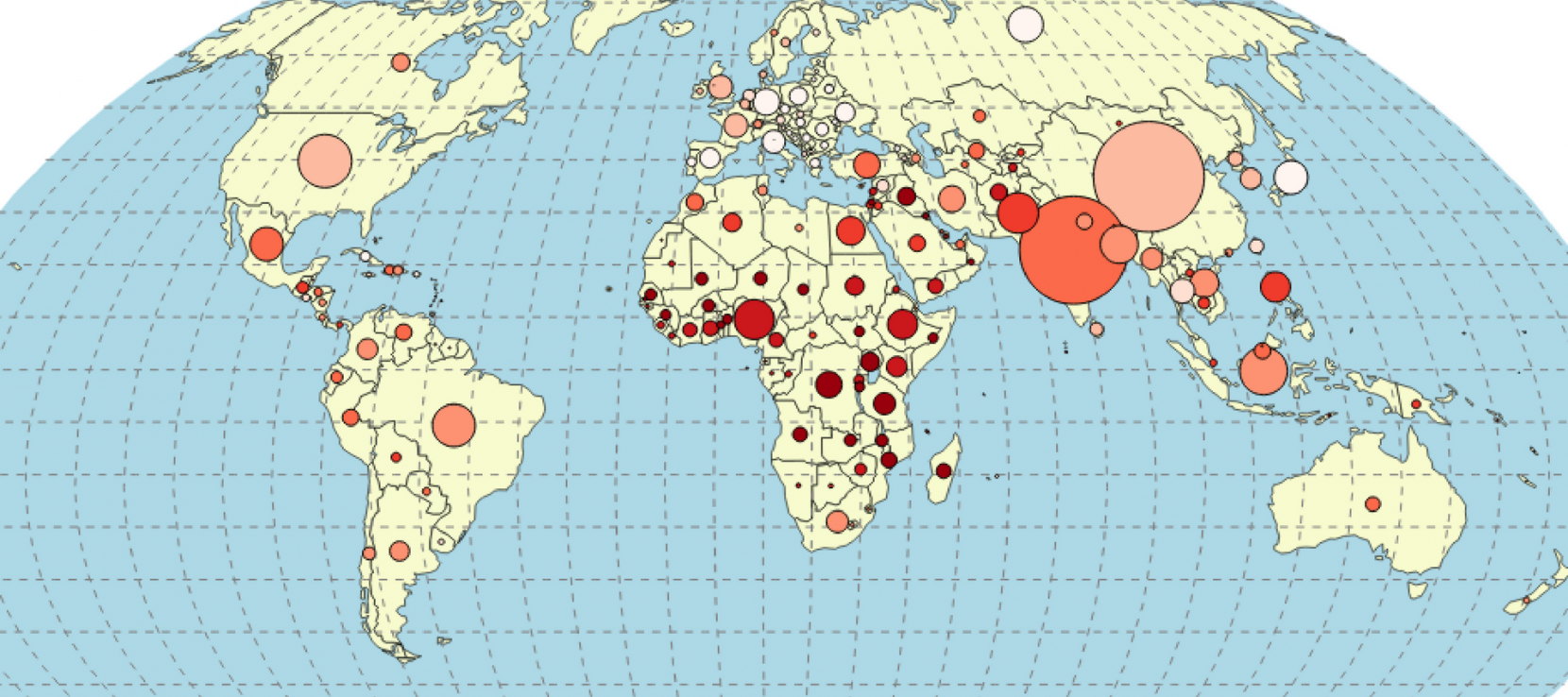Réseau Interdisciplinaire pour l'Aménagement du Territoire Européen
Présentation
Le Réseau interdisciplinaire pour l’aménagement et la cohésion des territoires de l’Europe et de ses voisinages (RIATE) a pour objet le soutien aux recherches portant sur l’aménagement du territoire européen. Sous tutelle du CGET (ex DATAR), du CNRS et de l’Université Paris Diderot, cette unité mixte de service est créée en 2002 et constitue un objet singulier dans le paysage français de la recherche en sciences humaines et sociales, tant par son objet que par les moyens mis à sa disposition et les résultats obtenus.
Le RIATE assume le rôle de point de contact français du programme européen ESPON. Lien entre les mondes scientifique et politique, il met au point des outils intégrés et innovants et soutient des projets de recherche en réseau.
Ainsi, le RIATE a développé une connaissance fine des problématiques de l’aménagement du territoire, une expertise en management de projets européens, ainsi que des savoir-faire en géomatique (Outils cartographiques; Outils statistiques et Base de données; Fonds de carte; Cartothèque).
Créée en 2002, le RIATE n’a eu de cesse de développer ses objets vers un élargissement du périmètre géographique d’étude (de l’Union européenne aux pays du voisinage) et du domaine scientifique (du programme ESPON – ORATE à l’ensemble des programmes de recherche européens), tout en conservant l’objet central que constitue l’aménagement du territoire aux petites échelles.
Autres contacts
U.F.R. Géographie, Histoire, Sciences de la Société (GHSS)
Olympe-de-Gouges
8 place Paul-Ricoeur
75013 PARIS

